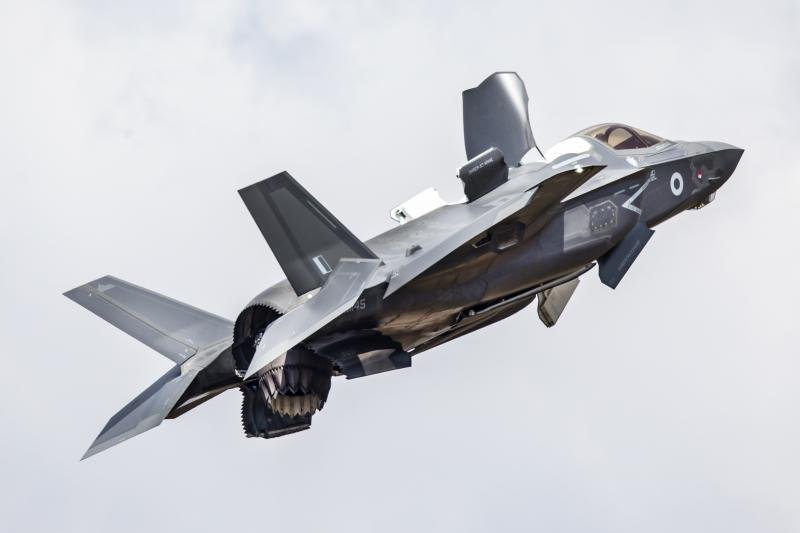Lockheed Martin has detailed the current and future economic benefits to the UK of the F-35 stealth fighter programme stating gains to date of around £9bn (US$12.3bn), a figure which would continue to rise through to the late-2030s.
Presenting an operational and industry update on the F-35 programme at the recent Defence Security Exhibition International event in London, senior officials from Lockheed Martin stated that the programme also helped to sustain 20,000 jobs in the UK.

The programme is a lynchpin of the country’s defence aerospace sector with a purported 15% of each aircraft being manufactured in the UK, including the aft fuselage and structural components (BAE Systems, vertical fins and horizontal stabilisers (BAE Systems), STOVL three-bearing swivel nozzle (Rolls-Royce), STOVL roll ducts and lift fan (Rolls-Royce), among other participation from companies such as Martin Baker (ejection seat).
Pointing to these benefits during a briefing at the recent DSEI exhibition and conference in London, UK, Gary North, VP of customer requirements at Lockheed Martin, said the F-35 programme would bring benefits in excess of £40bn to the UK through the 2007-2038 timeframe.
The UK government has been keen to highlight the benefits that such programmes bring to the UK, with a number of planned or current defence projects pointing to their own credentials and in-country gains across industry.
In May PricewaterhouseCoopers released a report into the UK’s Future Combat Air System programme, also known as Tempest, estimating contributions of £26.2bn to the UK economy between 2021 and 2050. In addition, wider combat air activities of leading UK-based companies driving the programme were expected to contribute a combined £100.1bn to the country’s economy and support 62,000 jobs per year between 2021 and 2050.
The PwC report stated the programme would make up an increasing share of the partners’ UK combat air activities and that of their supply chains, rising from around 12% today to nearly 50% of economic contribution by 2050.
Regarding potential export opportunities in Europe, where the F-35 recently saw victory in the Swiss next-generation fighter programme, North said that there was interest “from three or four other countries” in the region. The type is a contender in Finland’s future fighter requirement, with ongoing legacy combat air platform replacement programmes in the Czech Republic and Greece.
By Richard Thomas

